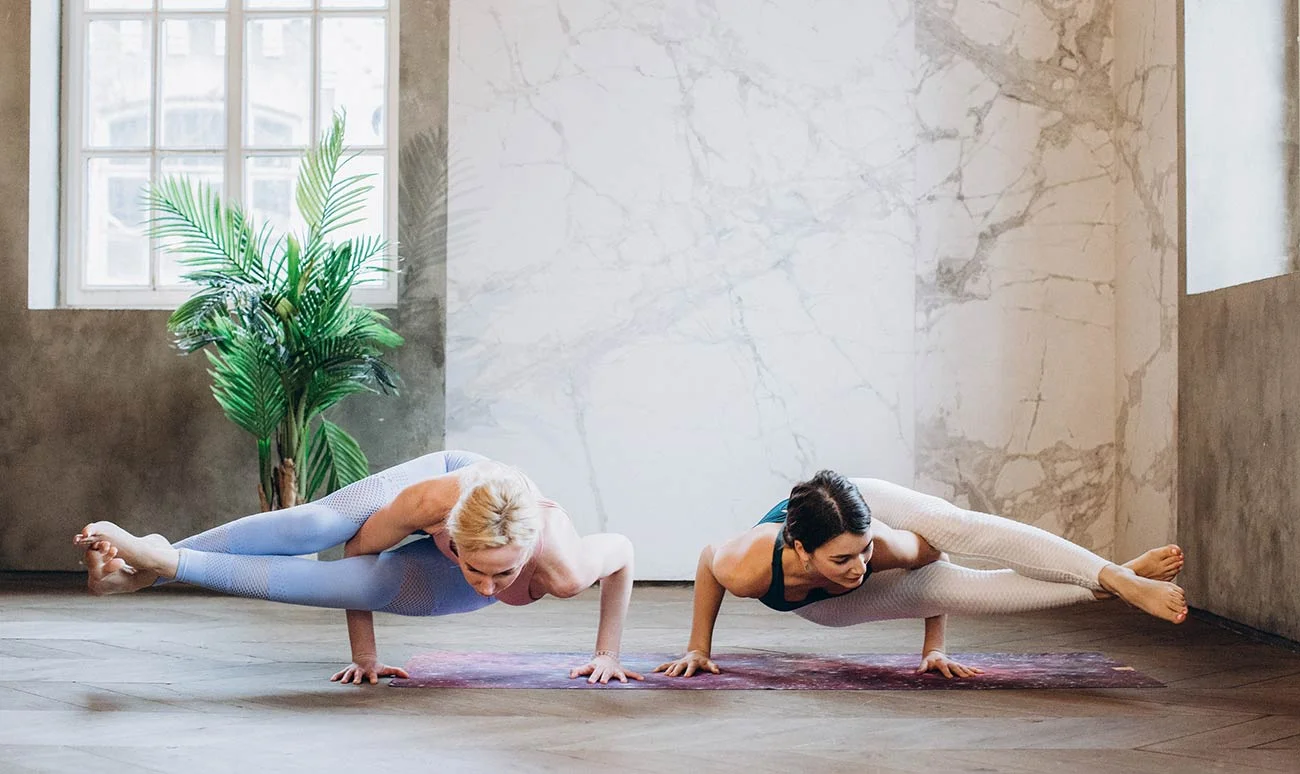Yoga Teacher Training at Iam Yoga – Why here and now?
By Niya Bajaj
When I told my mother I signed up for yoga teacher training (YTT) her response was “Great! So you’re coming home to do it right?” When she said home, she meant India (if it’s not somewhat obvious from my name, I’m ethnically Indian), which struck me as strange, because I’ve never lived in India and do not consider it home. I am staying home, in my lovely condo in Toronto, for my teacher training at Iam Yoga – but that isn’t the only reason why. The decision to invest the time, financial and personal resources in 250 hours of teacher training makes sense to me on all levels: head, heart and gut.
Why the Iam Yoga 250 YTT makes sense to my head
The cost
I’d seriously thought about pursuing teacher training in India, or some other lovely locale. What could be better than combining a vacation somewhere pleasantly warm, with learning that I am interested in anyway? But the more I considered it, the more I realized why it wasn’t an optimal choice for me, for a couple of reasons:
1. The cost of travel to and from, plus residency, in addition to teacher training wasn’t as easy to justify to myself for countries other than India. The more I considered it, the more I realized that I’d rather just take a shorter vacation and do things on my schedule, instead of attempting to multitask and failing to properly enjoy either experience.
2. Teacher training in India would be cheaper, because I could stay with family, and the exchange rate on the dollar wasn’t as miserable at the time. However, reflection on how the logistics would work led me to the realization that staying with family would mean spending time with family, which is demanding, especially when it’s a family as large as mine. While it would still be fun, it would mean a far less immersive experience than the one I have in mind for myself.
Cultural Appropriation
There has been a fair amount of recent press coverage about whether or not teaching and practicing yoga is an act of cultural appropriation. Notably, the University of Ottawa cancelled yoga classes led by a white instructor, citing concerns about cultural appropriation, and then reinstated the class when it was led by an instructor of South Asian descent.
This made for some fun conversations with my more social-justice minded friends who questioned why I wanted to learn how to teach yoga (something they considered to be my cultural property) from primarily white, western teachers (who allegedly appropriated the practice). They wondered if it would be disingenuous to consume aspects of culture that is supposedly mine after it had been filtered through a supposedly inauthentic Western perspective.
I’ve thought a great deal about this, because there are aspects of the yoga culture in Toronto that do make me uncomfortable – “Brown Girl Yoga” classes for instance. I’ve also written more detailed, critical pieces about Cultural Appropriation (which you can read over at The Tête-à-Tête).
Susan Scafidi, author of Who owns Culture? Appropriation and Authenticity in American Law, defines cultural appropriation as “Taking intellectual property, traditional knowledge, cultural expressions, or artifacts from someone else’s culture without permission.” By this definition, practicing and teaching yoga cannot be considered cultural appropriation. The philosophical aspects of yoga make it clear that the practice is for everyone, not just for individuals of South Asian descent. Additionally, entrepreneurial yoga teachers from India deliberately left India (the lawsuit-plagued Bikram Choudhury, founder of Bikram Yoga, is an example) and travelled to North America to teach yoga.
If yoga were to be culturally appropriated, tourists from the West would have had to come to India shortly after partition in 1947 (well before yoga was exported in the late 1960’s and early 1970’s) in order to learn yoga from Indian teachers. They would then have had to return to their home countries and teach other people to practice in the same manner in which they were taught while marketing the practice as something they had invented or discovered. This didn’t happen, so in my view, the well-seasoned instructors who will be leading my YTT aren’t guilty of cultural appropriation. I also don’t believe that their race, ethnicity, gender, class, color or creed makes them less authentic as teachers than instructors of south Asian descent.
Why the Iam Yoga 250 YTT makes sense to my heart
Home is where the heart is
Most people who know me know that I can be a bit of a robot. Dealing with things on an emotional level is especially challenging for me, so I prefer a rational, data-based approach. While that approach is useful, it does not make it easy to deal with the potential for buyer’s remorse – something I was genuinely afraid of in the face of such a large investment.
To prevent that sense of a poorly considered choice, I deliberately took the time to consider the more emotional/psychic aspects of teacher training, and I thought about why opting to train at a studio where I have practiced for over three years made sense to me.
My mother’s suggestion of taking training at home resonated fairly deeply for me, because home is where I am most comfortable exploring aspects of myself, and of my practice, that I would otherwise leave untouched. Home is where I feel safe enough to tackle challenges like Crow, where I risk landing on my face, or getting into a deep heart-opening asana that triggers a lot of anxiety. Home is where I have access to a knowledgeable, informed community that I trust to support me through challenges by offering insight and advice from their own practice. Home is where my mat is – and that is in Toronto, not in a country I occasionally visit, with teachers I have not practiced with.
Why the Iam Yoga 250 YTT makes sense to my gut
Discomfort is not the enemy
In researching teacher training, I learned that aspects of the process would be uncomfortable and challenging. That was not a surprise. Growth requires change, and change is uncomfortable, regardless of how much I anticipate it and prepare. The years spent on my mat have taught me that discomfort is not something to shy away from. My heart is inclined to coax my brain into believing in a shiny, happy, Instagram-friendly future as a yoga teacher. My gut, conversely, is happy to provide the necessary reminder (and reality check) that 250 immersive hours of hard work will mean discomfort – and that the significant growth at the end will be completely worth it.
Teacher training is not something I am taking lightly. Part of my challenge will be aligning my brain, heart and gut, or at least finding a moderated view that incorporates all of those facets of my self. I cannot think of a better or more supportive environment than one where I am familiar with the instructors, their backgrounds and styles of teaching and their personal philosophies and approaches to practice and teaching.


